Der Wollmarkt mit der Andreaskirche
Der Wollmarkt mit der Andreaskirche is a beautiful watercolored lithograph on paper, realized at the mid-XIX century by the German landscapist artist Carl Ludwig Frommel (Birkenfeld, 1789 - Ispringen, 1863), after Friedrich Barthel (1775 - 1846).
This wonderful modern artwork, representing a German urban view, has the title in capital letters engraved on the lower margin at the center, " Der Wollmarkt mit der Andreaskirche zu Braunschweig bei der Brucke der Neustadtmuhle aus geschen ", and the inscriptions on plate report the authors on the lower margin: " F. Barthel del. / Druck u. Verlag von G.G. Lange in Durmstadt / Frommel direx. ".
In excellent conditions, except for a usual yellowing of the paper on the lower margin, this original print is watercolored with harmonic colors and is realized with a sure touch, including a cream-colored cardboard passepartout, cm 30 x 36.
Der Wollmarkt mit der Andreaskirche is a beautiful watercolored lithograph on paper, realized at the mid-XIX century by the German landscapist artist Carl Ludwig Frommel (Birkenfeld, 1789 - Ispringen, 1863), after Friedrich Barthel (1775 - 1846).
This wonderful modern artwork, representing a German urban view, has the title in capital letters engraved on the lower margin at the center, " Der Wollmarkt mit der Andreaskirche zu Braunschweig bei der Brucke der Neustadtmuhle aus geschen ", and the inscriptions on plate report the authors on the lower margin: " F. Barthel del. / Druck u. Verlag von G.G. Lange in Durmstadt / Frommel direx. ".
In excellent conditions, except for a usual yellowing of the paper on the lower margin, this original print is watercolored with harmonic colors and is realized with a sure touch, including a cream-colored cardboard passepartout, cm 30 x 36.
Karl Ludwig Frommel (Birkenfeld, 1789 – Inspringen, 1863)
The German landscape painter and engraver began his artistic career studying at Karlsruhe, under F. J. Becker and Haldenwang. He visited Paris, and earned a considerable reputation in Italy (1812–17). He was appointed professor at Karlsruhe, where he founded the Society of Art and Industry. After a visit to London (1824) to acquaint himself with the technique of steel engraving, he opened a studio, with Henry Winkles at Karlsruhe.





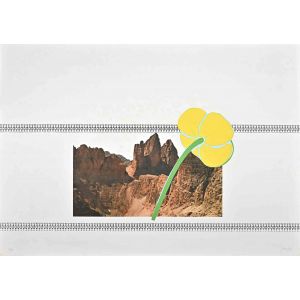
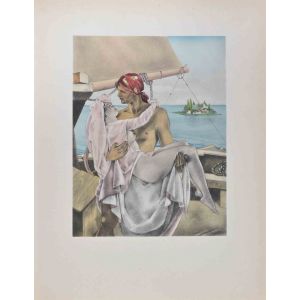
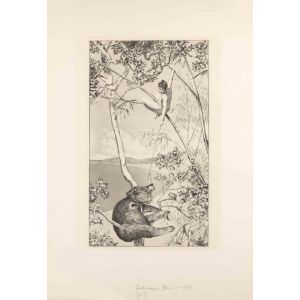
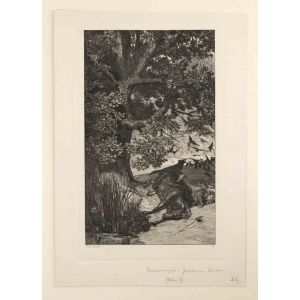
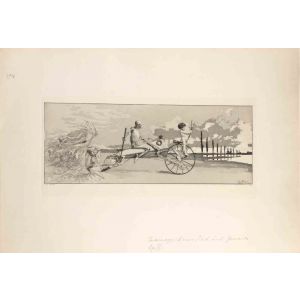
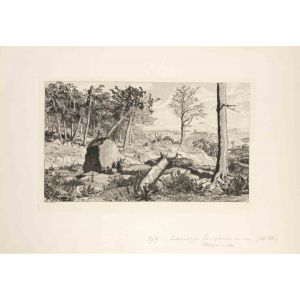
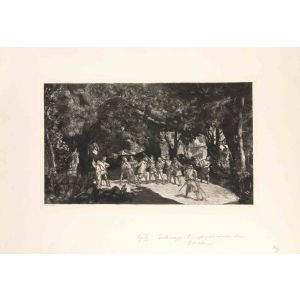
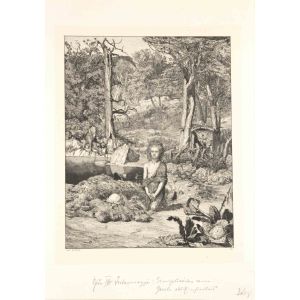
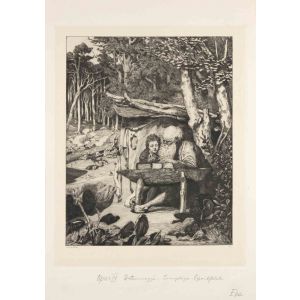
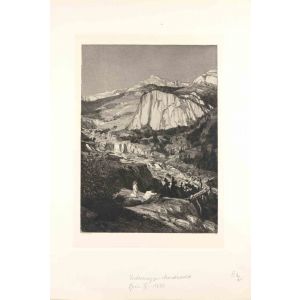

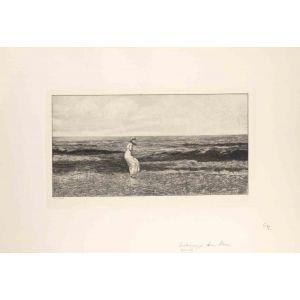
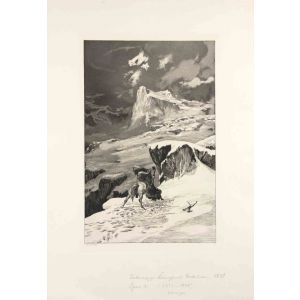






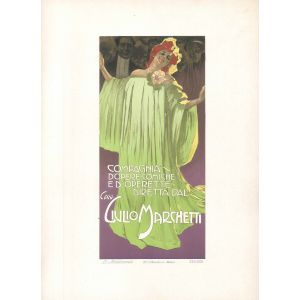



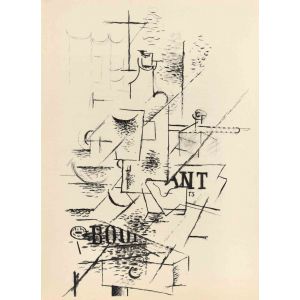
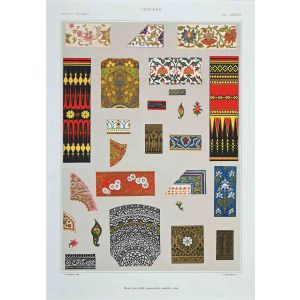



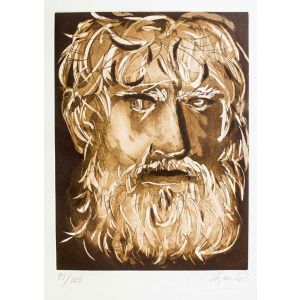
Validate your login
Sign In
Create New Account